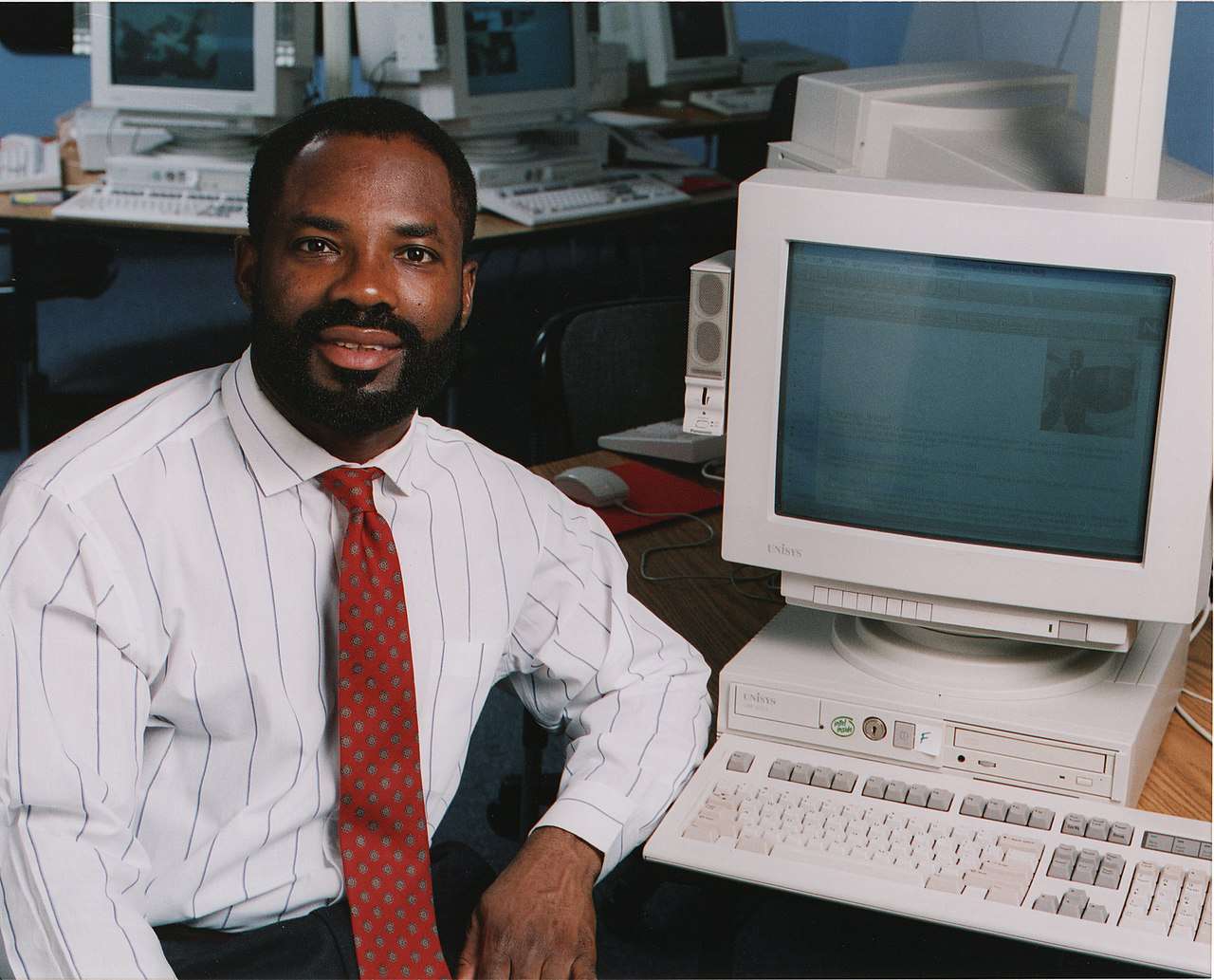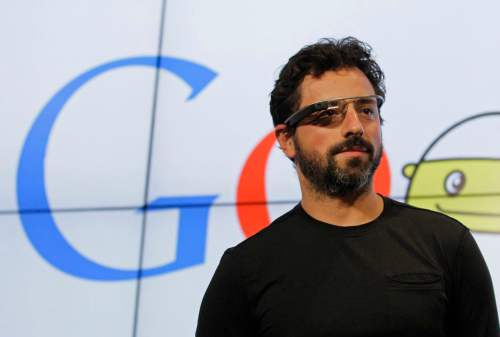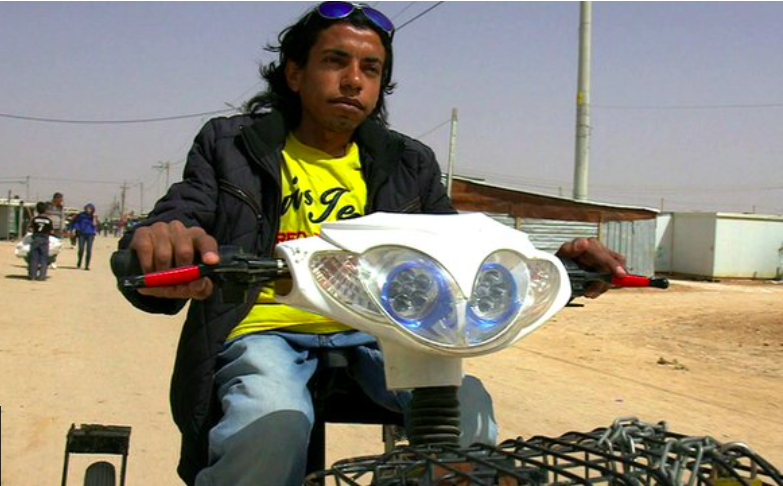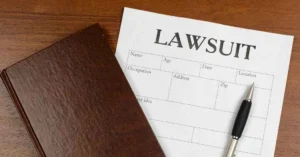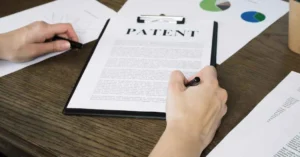World Refugee Day was declared by the United Nations (“UN“) on June 20. This day commemorates the bravery and resilience of people forced to flee their home countries due to conflict or oppression.
Nonetheless, many refugees have contributed to their nation and society through their inventions. Here are 5 (five) outstanding inventors with refugee backgrounds:
1. Philip Emeagwali – Internet
Philip Emeagwali, a Nigerian refugee, plays an essential part in establishing the internet. He discovered the formula that enables a large number of computers to communicate at the same time.
During Nigeria’s Biafran War, Emeagwali and his family took cover under buildings that had collapsed due to rocket shells. They were forced to reside in refugee camps until the civil war ended in 1970.
Once, he had to drop out of school as the eldest of nine children since his family could no longer be able to afford it. However, after moving to the United States, he got several awards.
source: ThoughtCo
In 1989, while working on his Ph.D. dissertation at the University of Michigan, he discovered that he could employ thousands of microprocessors to execute the operations of eight costly supercomputers.
Emeagwali invented a practical and cost-effective method for machines worldwide to collect information. Emeagwali’s innovations have garnered over 100 awards, and his technology has been employed by the oil sector and technology businesses such as Apple.
2. Sergey Brin – Google
Sergey Brin, Google’s co-founder, is of Jewish origin and was born in Russia. In 1979, he and his family emigrated to the United States. They left their country due to prevent Jewish persecution in that state. Brin continued his studies by attending the University of Maryland and Stanford University, where he met Larry Page. Brin and Page then collaborated to start Google in 1998.
source: business insider
Google is now the world’s most popular search engine and media giant. Furthermore, Google purchased YouTube, the world’s largest video hosting site, 16 years ago.
3. Munjed Al Muderis – Osseointegration
Professor Munjed Al Muderis, a former Iraqi refugee, was attracted by the idea of integrating the human body with robots after seeing The Terminator (1984) when he was 12. Munjed had finally accomplished his childhood dream by inventing the osseointegration technique at 46.
The osseointegration technology, pioneered by Munjed, employs titanium rod implants to offer a more vital link between the bone and the prosthetic for persons who have had sections of their bodies amputated.
The man, born in 1972, has assisted several Australian and British war veterans. Even Queen Elizabeth and Prince Harry praised his innovation.Munjed’s journey was difficult. He was formerly a resident surgeon in Iraq. However, his life was turned upside down as the country experienced an uprising. He was confronted by three busloads of army deserters escorted by guards and Baath Political Party members. They gave the surgeons the command to mutilate the soldiers.
Munjed was smuggled into Jordan, Malaysia, and Indonesia with the support of his family. He completed his journey to Australia by boat. He was the only doctor on the overcrowded ship, with no place to sit. A leak was discovered on it.
The deputy asked when was the last time Munjed communicated with his family. Munjed answered that the last time he spoke with his family was just before leaving Jakarta. Then he landed on Christmas Island and was helped by the Australian Federal Police.
The deputy then placed his job on the line by pulling a satellite phone from his pocket and allowing Munjed to call his family. He managed to communicate with his mother, which he feels believed has saved his life.
source: The Bulletin of The Royal College of Surgeons of England
4. Safwan Harb – Electric bike
Safwan Harb and two of his family members escaped Syria’s war nine years ago. They are all disabled and must struggle to navigate Jordan’s Zaatari refugee camp’s paved roads. The refugee camp is estimated to house 80,000 people.
source: BBC
Meanwhile, Harb arrived to provide a solution for a specially constructed electric bicycle for individuals with impairments that he made from bikes and various spare components he acquired. This innovation is intended to be utilized by other disabled individuals in their daily routines. His invention attracted the attention of the British media, the British Broadcasting Company (“BBC“). Further, his interview was documented in this video.
5. Sir Alec Issigonis – Mini
Sir Alec Issigonis was 16 years old when he was evacuated from Turkey and moved to England due to the conflict between Turkey and Greece. He studied engineering in London and failed three math exams.
In reaction to the Suez energy crisis, which occurred in 1956, he introduced the Mini, the predecessor of the Mini Cooper. It has a boxy appearance, is inexpensive, and is fuel-efficient.
The vehicle’s front wheels were driven by a transverse engine, a novel, and creative design at the time. Even though it is approximately 10 (ten) feet or 3 (three) meters long and can easily seat four passengers, its practicality and low cost made it an instant hit. Queen Elizabeth II knighted Issigonis in 1969. Since then, 5 (five) billion Mini sold.
source: Pinterest
If you have an invention, ensure to protect yours and get in touch with us at marketing@ambadar.co.id.
Source:


